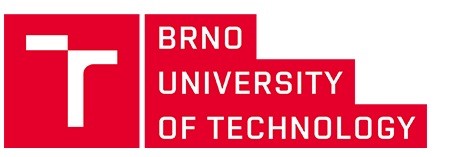Head:
Ph.D. in Engineering, Professor Head of Laboratory ET4NBIC Lab Professor, Department of Innovation and Business in Information Technologies of the Higher School of Economics Head of the Research Center for High-Tech Systems and Infocommunication Modeling
Structural unit: Applied Mathematics & Communications Technology Institute.
The Center's activities aim to solve practical problems of fifth-generation (5G) wireless networks in terms of user applications. The work is conducted as part of the research project "Research and development of models and methods for design, analysis and calculation of wireless networks”.
- The Center conducts studies on 5G wireless heterogeneous networks in relation to the motion patterns of subscribers.
- The Center develops models of radio resource management mechanisms of various types in 5G wireless heterogeneous networks.
- The Center is developing analytical approaches to the probabilistic–time characteristics of 5G wireless heterogeneous networks under a dynamic random variation of the signal-to-interference ratio.
- Develop models for device motion patterns in 5G wireless heterogeneous network based on the statistical characteristics of the motion of subscribers.
- Analyze the signal-to-interference ratio characteristics as well as quality indicators in terms of random probabilities for typical scenarios of subscriber interaction in 5G networks with support of D2D connections and Internet of Things.
- Derive a kinetic equation of variation of function of the probability distribution characteristics in wireless networks.
- Describe the operation of radio resource distribution mechanisms in heterogeneous 5G network considering D2D traffic and Internet of Things traffic in terms of queuing models with limited resources.
- Develop methods and calculation algorithms for probability-time characteristics.
Software design for operation of wireless mechanisms and machines involved in industrial production or provision of services. For example, robot design or other automated devices controlled by wireless networks.
Software design for road traffic organization with autopilot functions in cars. For example, design of vehicles with an autopilot function managed by wireless networks.
Software design for organizing logistic supplies. For example, designing self-regulating water supply, power supply and other supplies managed by wireless networks.

City
Tampere, Finland
implementation of complex mathematical models for managing radio resources of 5G wireless heterogeneous networks that support direct interaction of D2D devices, Internet of Things (IoT) and Internet of Reliable Things (IoRT).

City
Brno, Czech Republic
conduct analysis of the statistical characteristics of subscriber traffic in wireless networks in order to identify the spatial-probabilistic characteristics of traffic as well as the reliability of network connections.

City
Tampere, Finland
conduct analysis of signal-to-interference ratio as well as related indicators of quality in terms of random processes for typical scenarios of user interaction in 5G networks supporting D2D connections and the Internet of Things.